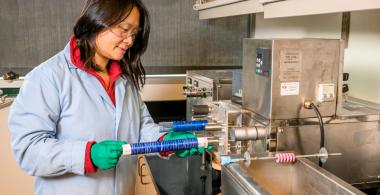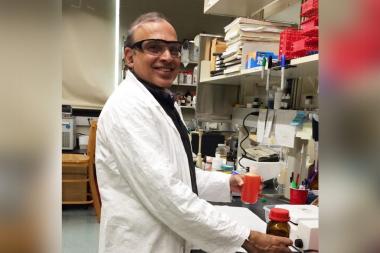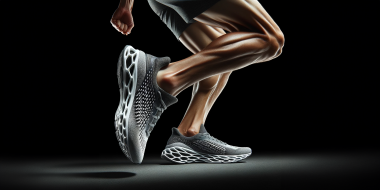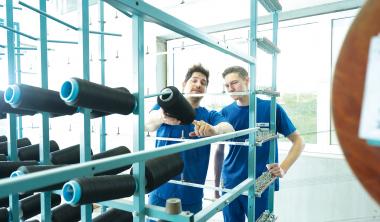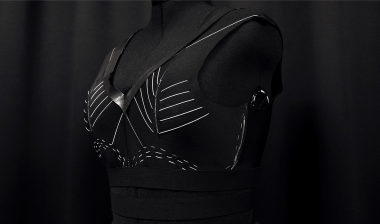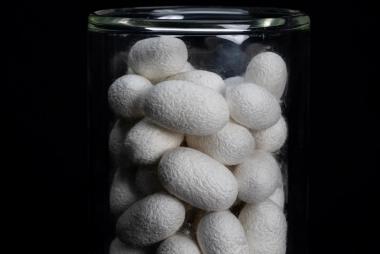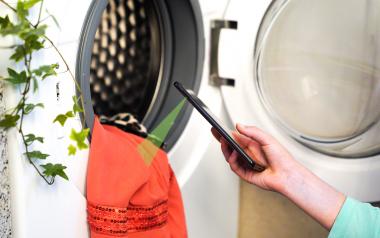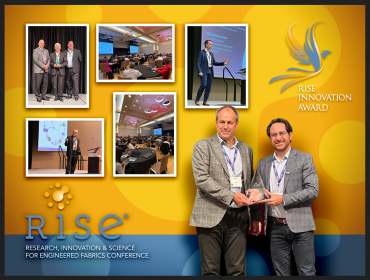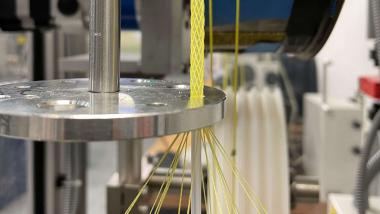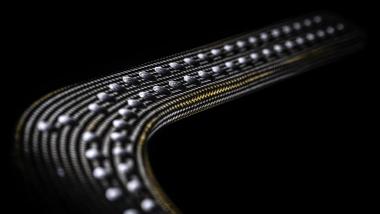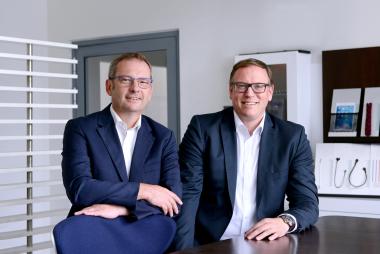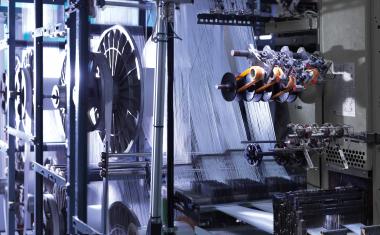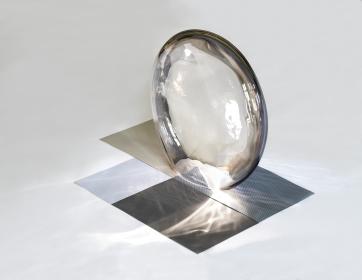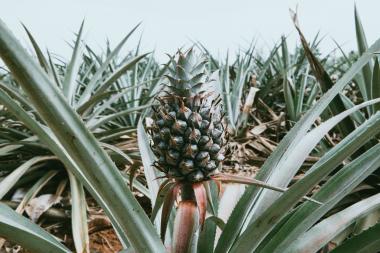New conductive, cotton-based fiber developed for smart textiles
A single strand of fiber developed at Washington State University has the flexibility of cotton and the electric conductivity of a polymer, called polyaniline.
The newly developed material showed good potential for wearable e-textiles. The WSU researchers tested the fibers with a system that powered an LED light and another that sensed ammonia gas, detailing their findings in the journal Carbohydrate Polymers.
“We have one fiber in two sections: one section is the conventional cotton: flexible and strong enough for everyday use, and the other side is the conductive material,” said Hang Liu, WSU textile researcher and the study’s corresponding author. “The cotton can support the conductive material which can provide the needed function.”
While more development is needed, the idea is to integrate fibers like these into apparel as sensor patches with flexible circuits. These patches could be part of uniforms for firefighters, soldiers or workers who handle chemicals to detect for hazardous exposures. Other applications include health monitoring or exercise shirts that can do more than current fitness monitors.
“We have some smart wearables, like smart watches, that can track your movement and human vital signs, but we hope that in the future your everyday clothing can do these functions as well,” said Liu. “Fashion is not just color and style, as a lot of people think about it: fashion is science.”
In this study, the WSU team worked to overcome the challenges of mixing the conductive polymer with cotton cellulose. Polymers are substances with very large molecules that have repeating patterns. In this case, the researchers used polyaniline, also known as PANI, a synthetic polymer with conductive properties already used in applications such as printed circuit board manufacturing.
While intrinsically conductive, polyaniline is brittle and by itself, cannot be made into a fiber for textiles. To solve this, the WSU researchers dissolved cotton cellulose from recycled t-shirts into a solution and the conductive polymer into another separate solution. These two solutions were then merged together side-by-side, and the material was extruded to make one fiber.
The result showed good interfacial bonding, meaning the molecules from the different materials would stay together through stretching and bending.
Achieving the right mixture at the interface of cotton cellulose and polyaniline was a delicate balance, Liu said.
“We wanted these two solutions to work so that when the cotton and the conductive polymer contact each other they mix to a certain degree to kind of glue together, but we didn’t want them to mix too much, otherwise the conductivity would be reduced,” she said.
Additional WSU authors on this study included first author Wangcheng Liu as well as Zihui Zhao, Dan Liang, Wei-Hong Zhong and Jinwen Zhang. This research received support from the National Science Foundation and the Walmart Foundation Project.
Sara Zaske, WSU News & Media Relations


